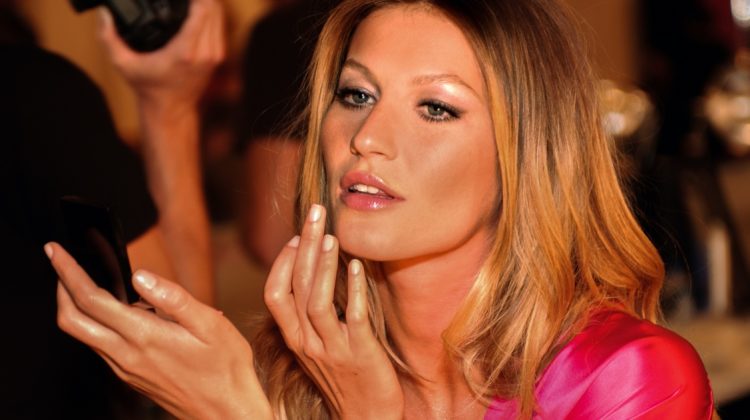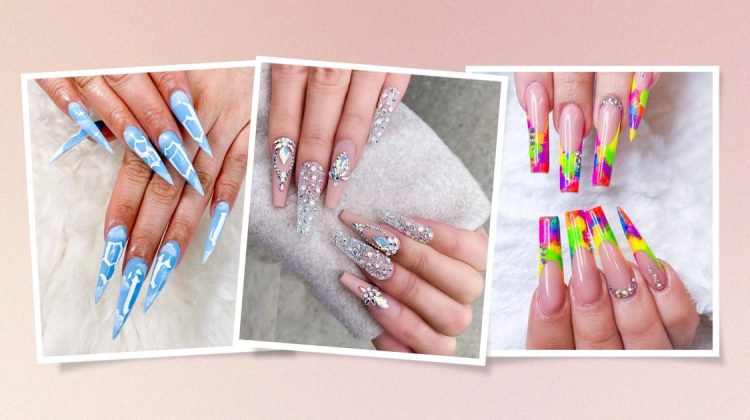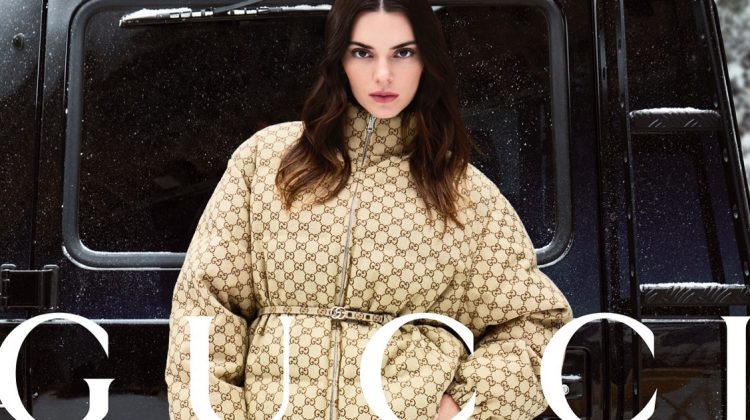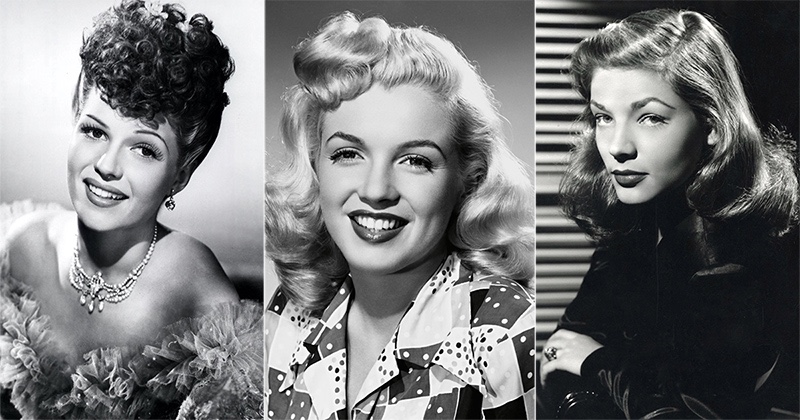
1940s hairstyles brought a new level of beauty and glamour, even during World War II. Compared to the simpler tresses of the 1930s, styles in the ’40s became more sculpted and polished. Movie stars like Marilyn Monroe, Joan Crawford, and Rita Hayworth embraced these elegant coifs.
Popular 1940s Hairstyles
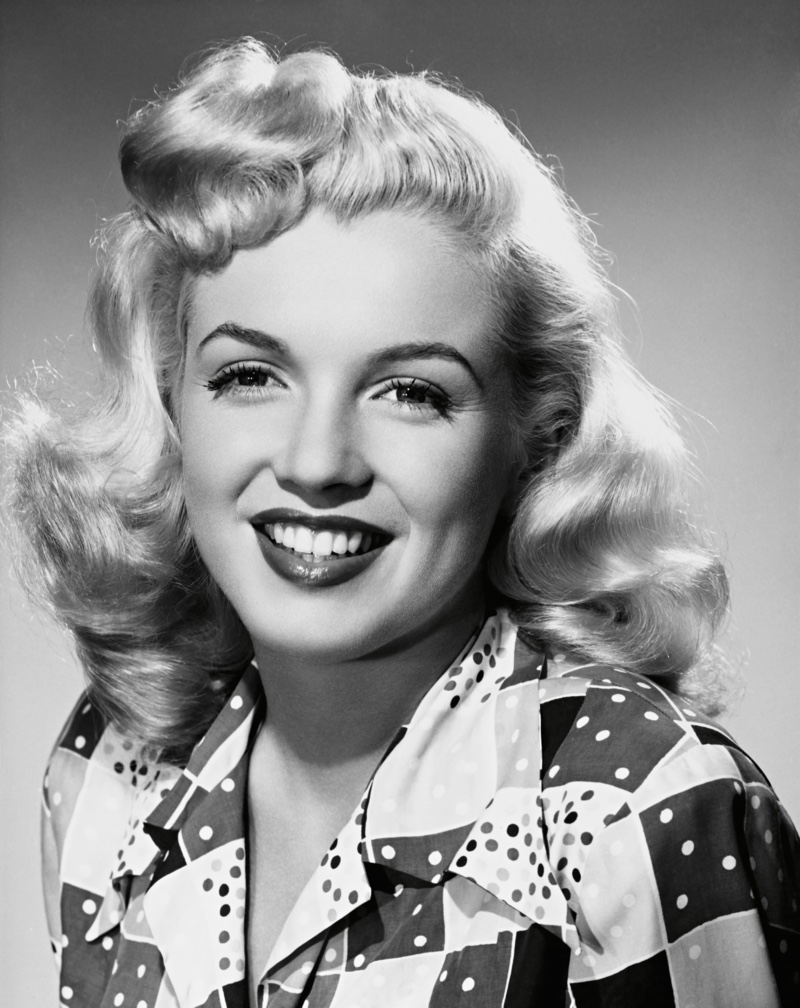
The sleek beauty look was also reflected in 1940s fashion trends. Pin curls, pompadour, and victory rolls are the most popular vintage hairstyles that have left a lasting impression. See the most iconic looks of the era, how stars wore them, and why they’re still popular today.
Pin Curls
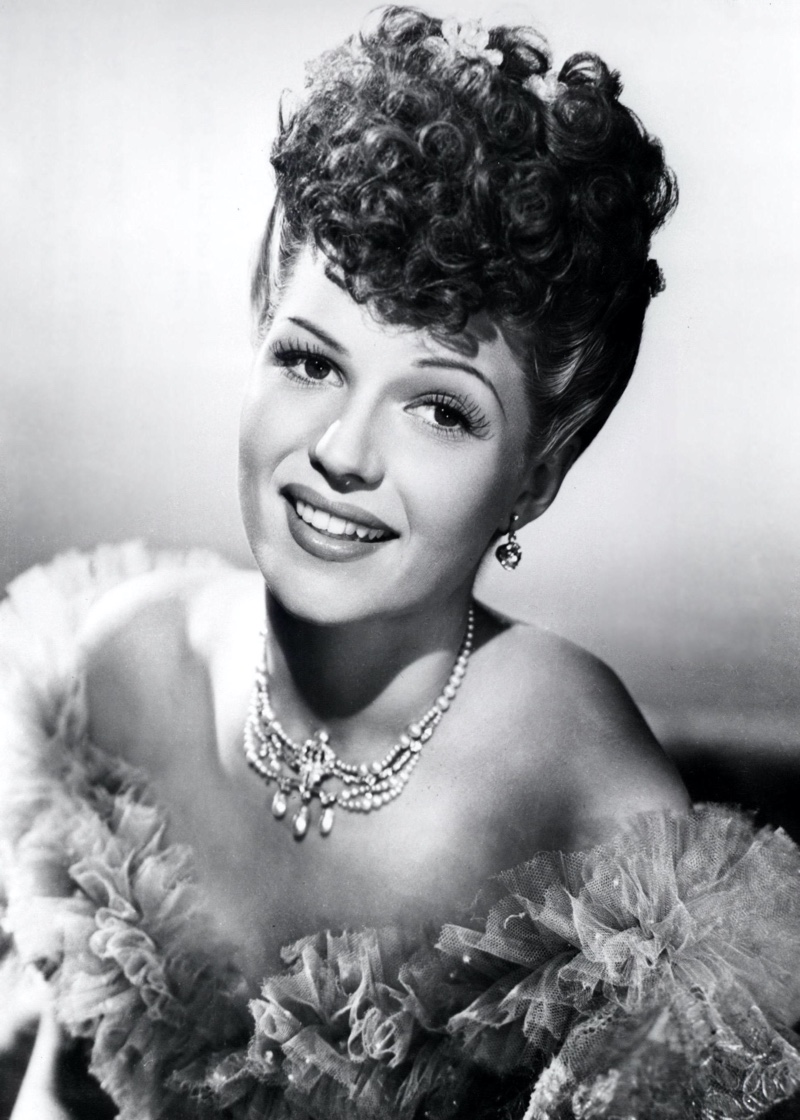
Pin curls are a classic hairstyling technique used to create curls or waves without heat. One of the most popular 1940s hairstyles, it is still widely used today.
Women styled their hair by winding small sections into flat loops, or coils, close to the scalp, then securing each curl with bobby pins. These pin curls created a defined, structured curl pattern.
The look was achieved by coiling sections of wet hair (not soaking wet) around fingers to form tight curls, which were then pinned in place until the hair was fully dry. Hair flowers or decorative pins could dress up the style.
Pompadour
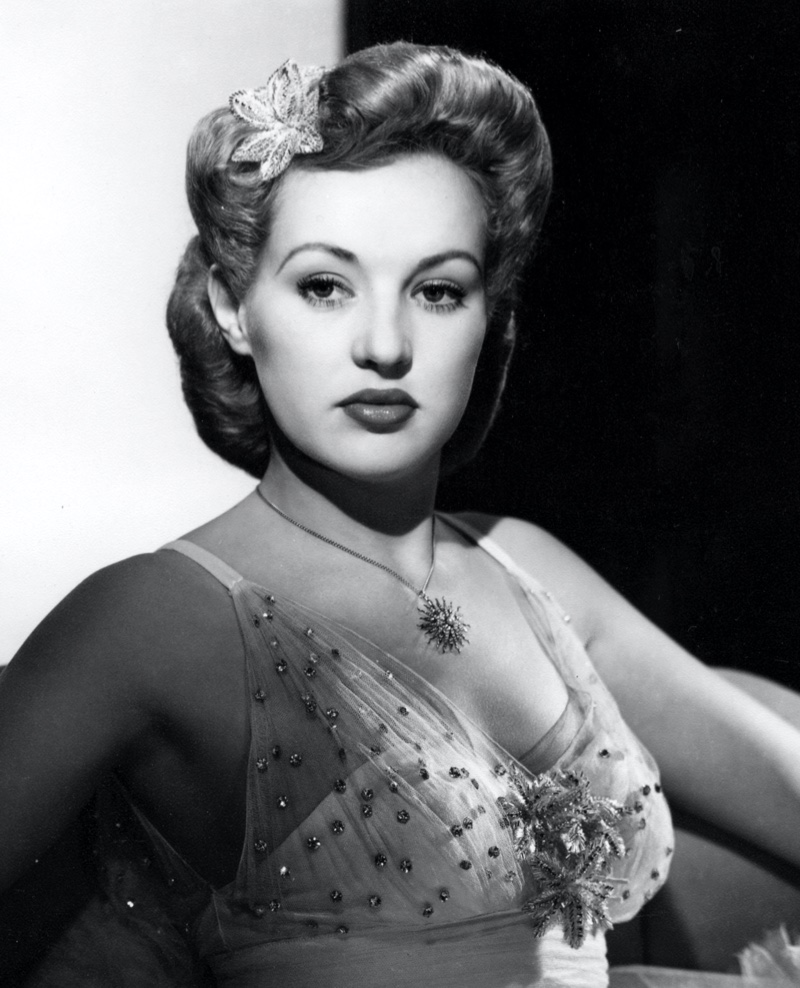
The pompadour is an iconic hairstyle where the hair is swept upwards and back from the forehead, creating a voluminous “pomp” on top. It is also one of the more complicated styles to recreate.
For a traditional pompadour hairstyle, women typically part their hair slightly off-center and backcomb or tease the front section to create height and volume.
They then smooth the hair back over the teased section, using pomade or oil to add shine and control, creating a thick, voluminous look at the front and sides of the head. Modern pompadours often use gel or strong-hold products for a polished finish.
Victory Rolls
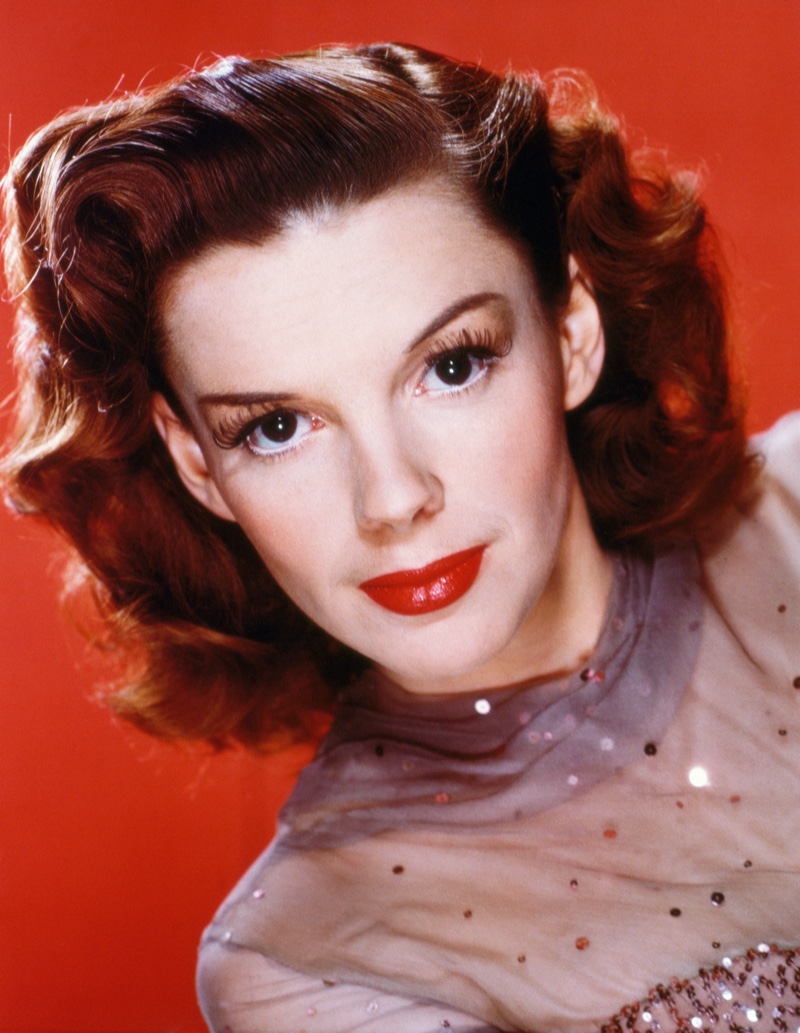
Victory rolls are characterized by their V-shaped, aerodynamic rolls that symbolize “V for victory.” This 1940s hairstyle is often recreated in modern times at theme parties.
This look is achieved by rolling sections of hair up and away from the face to create voluminous rolls. Each roll is individually secured with bobby pins or hairpins. Pomade or hairspray may be used to add shine and keep flyaways in place.
Victory rolls were popularized during WWII and can be seen in many wartime photos of women working in factories. Unlike today, women typically created victory rolls without heated styling tools.
Roller Curls
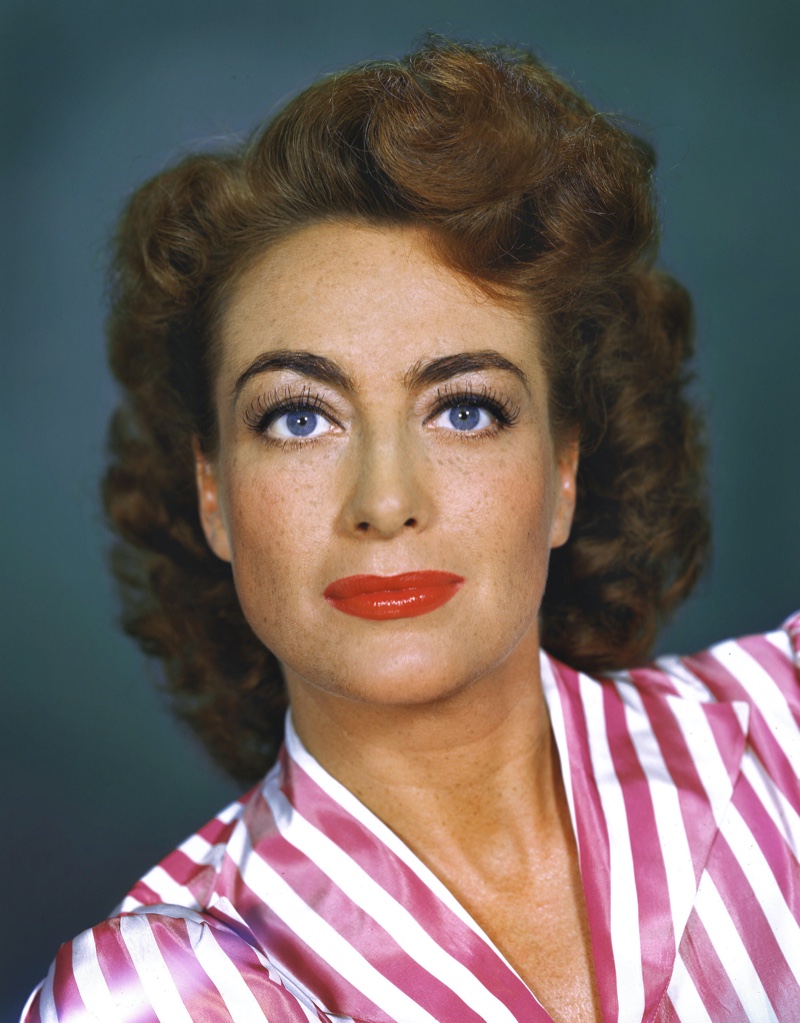
Roller curls are created with hair curlers to create tight curls or waves. The style was often seen on women with long hair since the process does not require as much time or product. This hairstyle was also very popular with African American women in the 1940s.
Roller curls provided a reliable, at-home styling method that could be set overnight. This was perfect for women balancing work, family, and social life during wartime.
Old Hollywood Waves
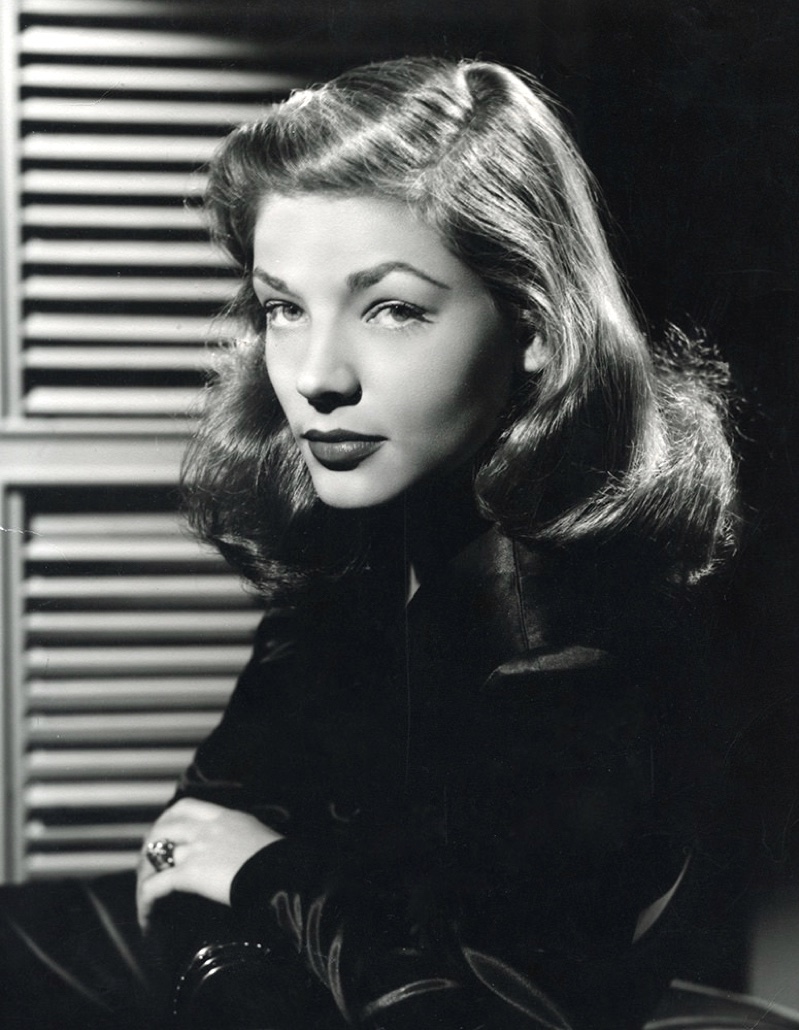
You will often find Old Hollywood Waves amidst vintage photos. This hairstyle, defined by a deep side part and smooth, sculpted waves, was worn by Lauren Bacall and Veronica Lake.
Thanks to Lake, shorter tresses became fashionable since long hair was a hazard in factories, and beauty products were rationed.
The flowing effect is made using a curling iron or pin curls. Once the curls are set, they can be brushed out for a full-body look. Old Hollywood Waves look excellent on medium-length hair.
Accessories: Turbans & Snoods
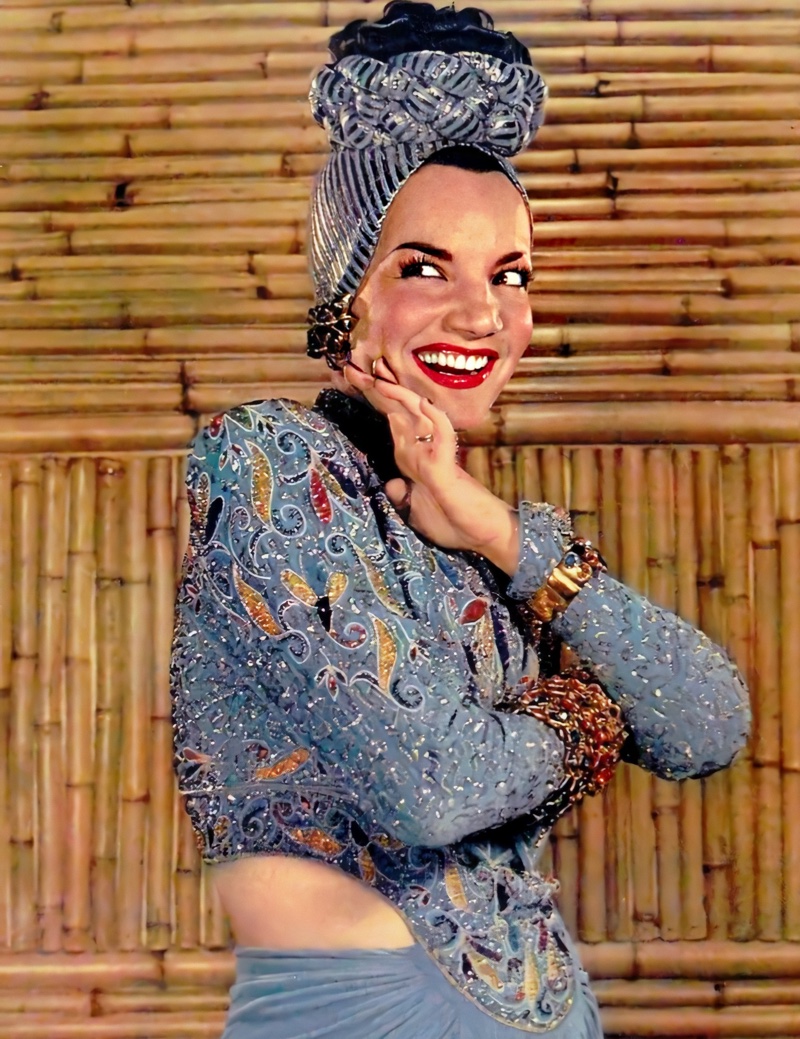
Women also used accessories like a turban or snood to hide bad hair days or for practicality. Snoods were especially commonly worn by women who worked in factories. Made from mesh or crochet, it holds the hair at the back of the head.
Turbans are head coverings that originated in the Middle East but have become popular in the Western world. Stars such as Carmen Miranda and Gene Tierney could be seen wearing the accessory in films.
40s Glamour
While the 1940s are often associated with wartime, beauty and fashion history experienced notable transformations. These iconic looks showcase some of the most popular hairstyles of the era. If you’re searching for a vintage hairstyle that matches your aesthetic, these 1940s styles offer plenty of inspiration.
